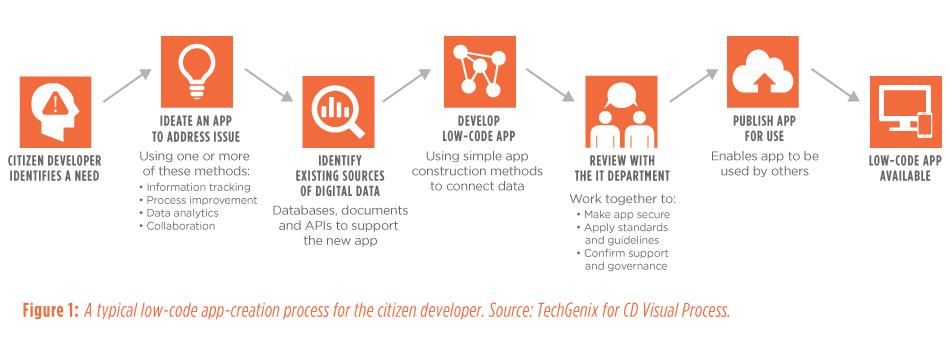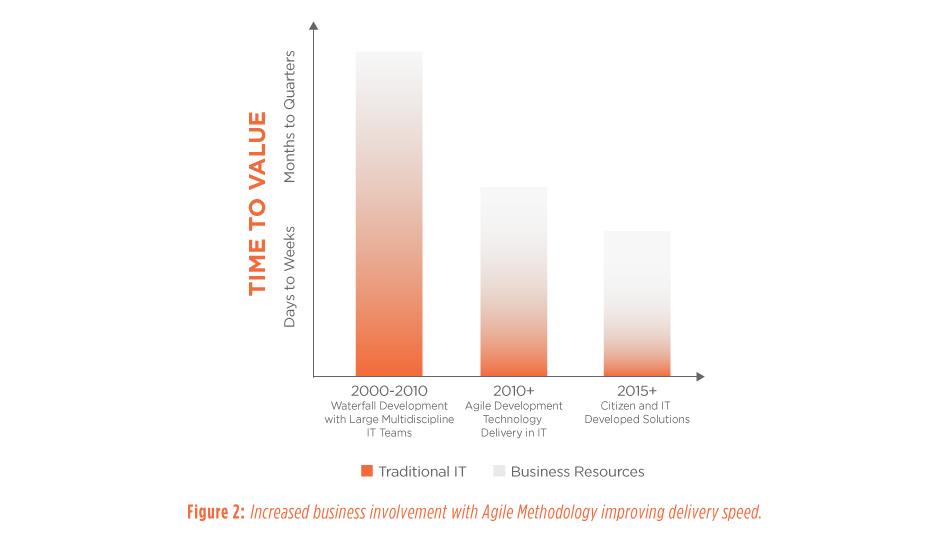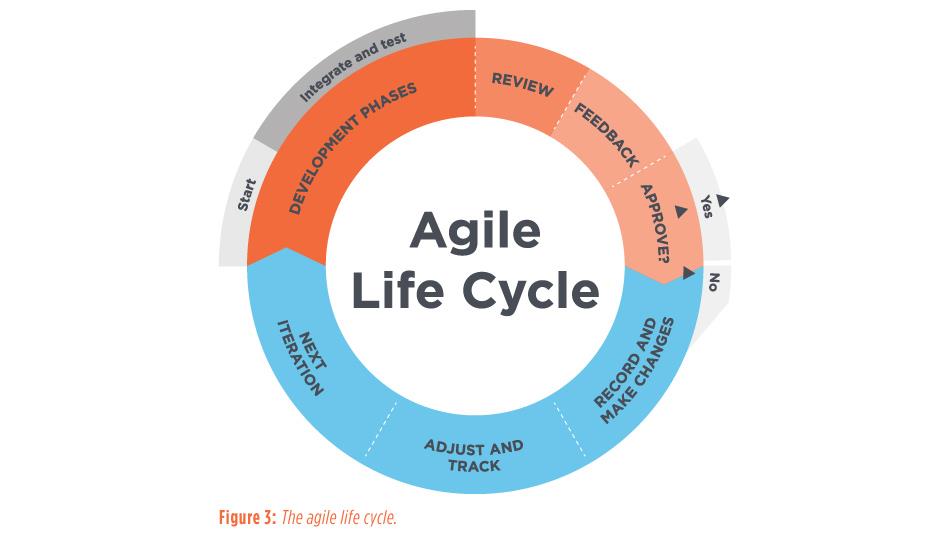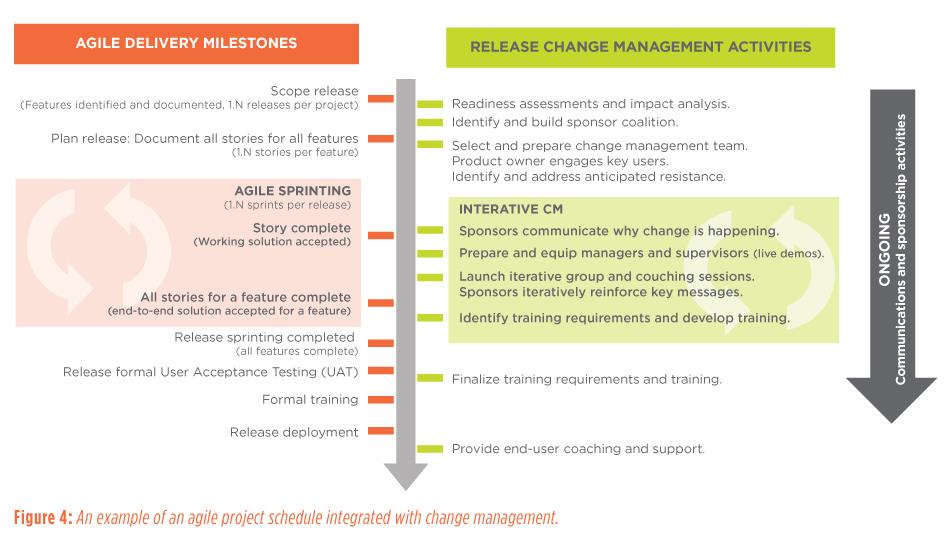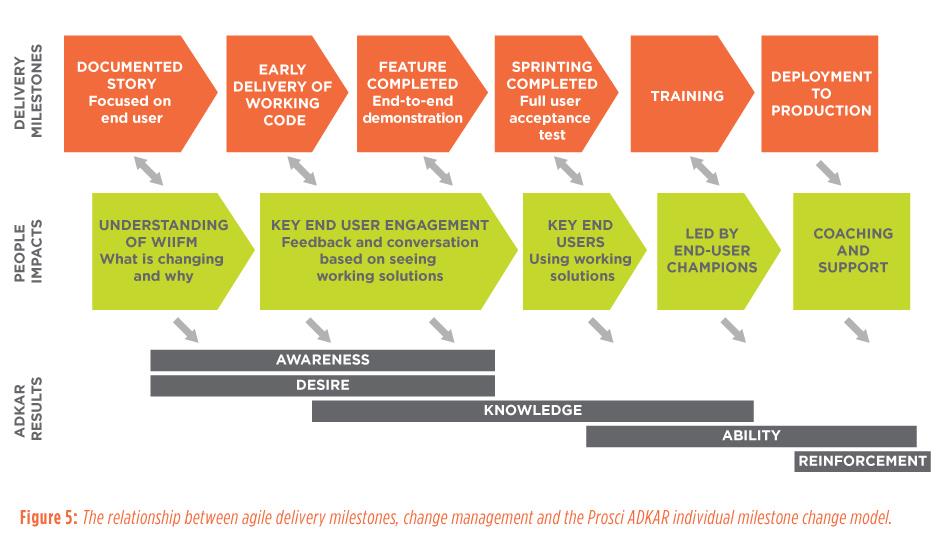Utilizing the most effective delivery process — including the role of citizen developers — is the key to capturing this value. By combining an agile methodology with people change management, companies can maximize the return on investment while minimizing delays and inefficiencies.
Many businesses are configuring and administering technical solutions like Oracle Aconex and Hexagon PPM EcoSys independent of IT. Others are leveraging low-code solutions, like Microsoft Power Apps and Hexagon PPM Xalt, to extend the life span and impact of homegrown Microsoft Excel‑based solutions.
With the proliferation of digital solutions — and the growing size of the teams who typically support them — many businesses are recognizing the need for integrating agile project delivery and people change management into the execution of these solutions. Without this combined approach, companies risk the possibility of their projects becoming a negative statistic, as, according to the Project Management Institute, over the past decade one-third of projects fail to meet goals and one-half aren’t completed on time.
When implementing technology, utilizing the most effective delivery process is key to stakeholder engagement and end-user adoption. As IT departments pursue more effective project delivery, there has been a systematic shift over the last decade from the traditional waterfall approach to various agile approaches.
Agile software development, as defined by the Agile Alliance, is “a set of methods and practices where solutions evolve through collaboration between self-organizing, cross-functional teams.” It emphasizes continual planning, regular collection of feedback, ongoing learning and incremental delivery.
This approach has achieved mixed success, due in part to a focus on technology delivery without the inclusion of sound people change management practices. Specifically, bringing people change management into the agile delivery process allows more employees to fully and correctly utilize new software and processes faster — thereby capturing the maximum business value while minimizing the potential negative side effects of change. This becomes even more apparent as companies continue to empower, embrace and utilize citizen developers (CDs).




